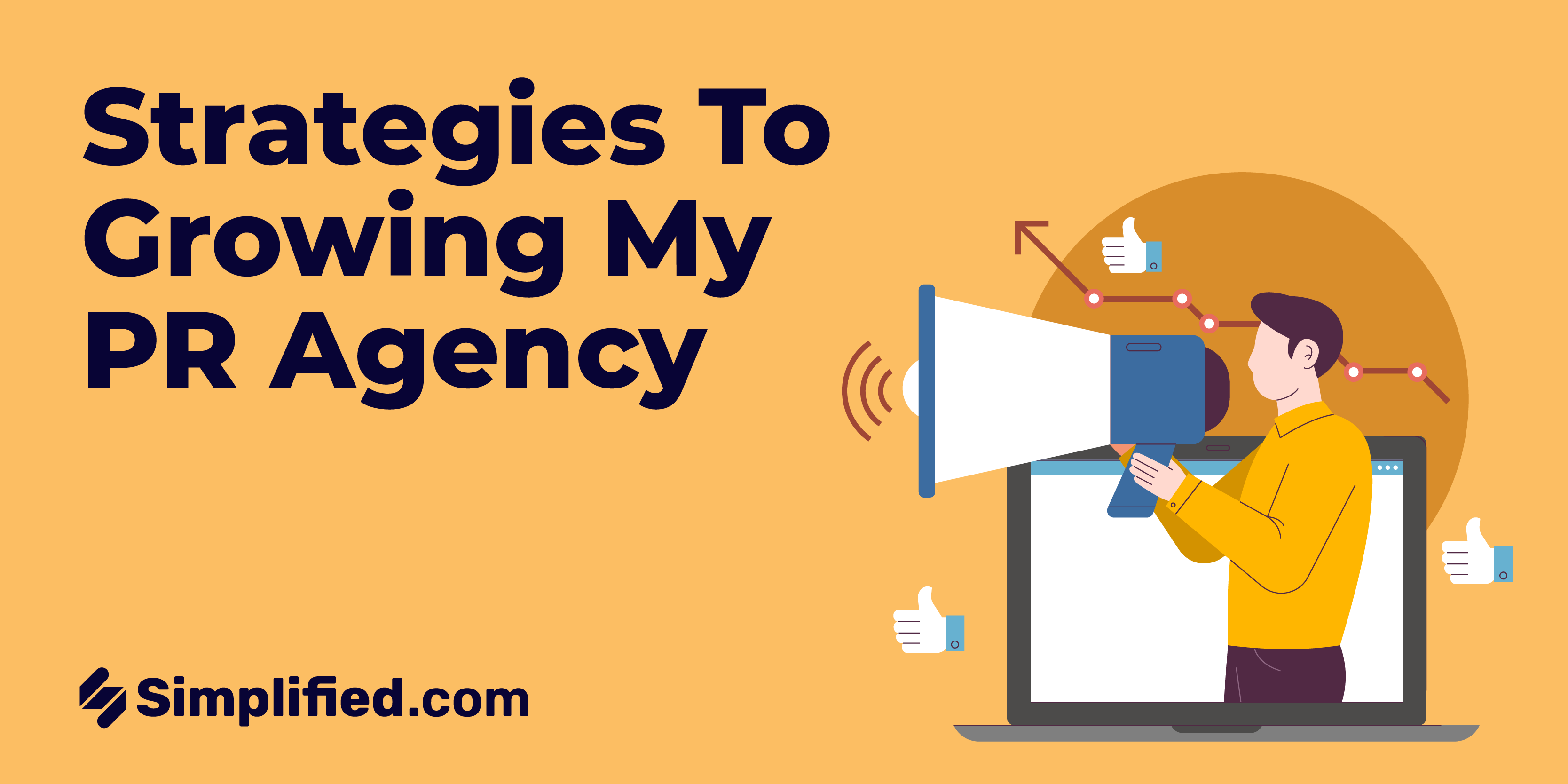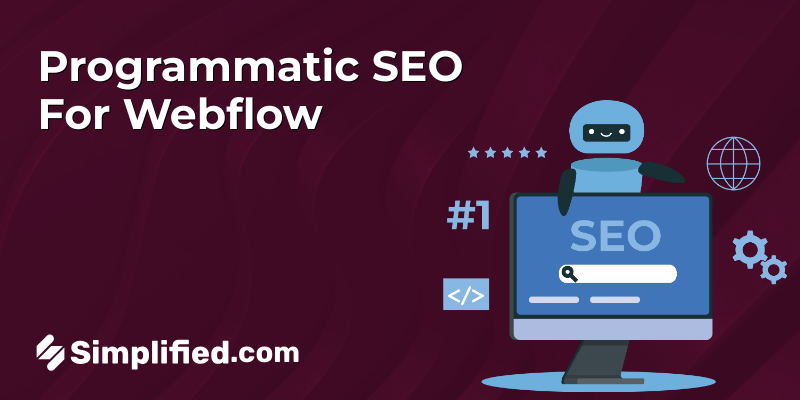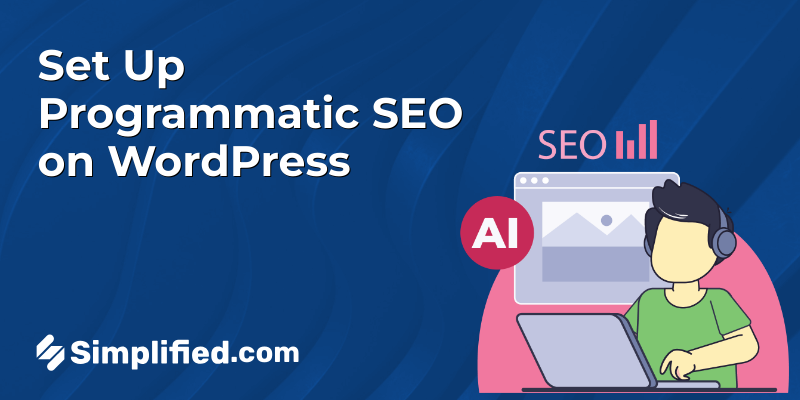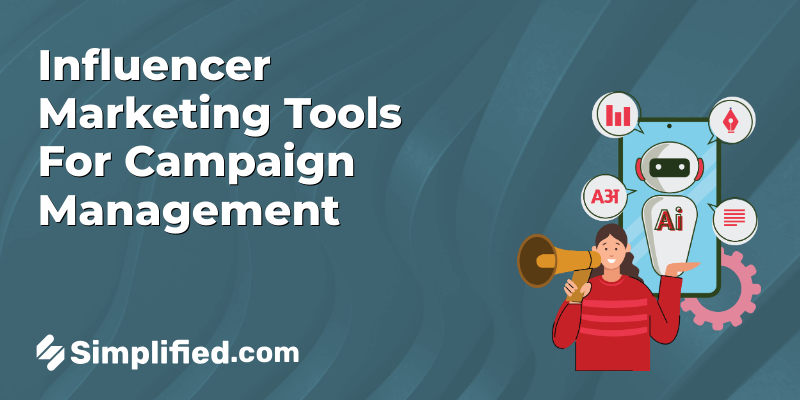
When I set out to build my public relations agency, I was just coming off a full-time job and felt it was a natural progression after doing PR my entire career. After all, I’d built a strong network while at my previous jobs and had honed my PR skills. However, despite my optimism and hard work, I soon realized that it wasn’t as straightforward as I had imagined. There definitely wasn’t a manual on how to grow a PR agency, and being an employee meant there was always someone else to take care of finding business. Mine was just to deliver the results and manage the team.
So, the first challenge I faced was the daunting task of client acquisition. Despite spending countless hours crafting the perfect pitch and reaching out to potential clients, the results were often underwhelming. Competing with larger public relations firms that had more resources and solid reputations made it even more challenging to secure new clients.
But it didn’t stop there. Retaining clients and building long-term relationships proved to be another significant hurdle.
Through trial and error, I discovered that effective strategies are the key to growing a PR agency. So, I went ahead, planned, and implemented my own. Some worked, and still do. So, here I am. I’m excited to share these tactics with you in the hope that they can help you overcome similar challenges and achieve success.
1. Create a niche-focused business plan
When I started out, I wanted to be everything to everyone. It seemed logical to cast a wide net to attract as many clients as possible. But, I quickly realized that this approach diluted my efforts and made it challenging to stand out in a crowded market.
However, focusing on a specific niche allowed me to hone my expertise and become the go-to agency in that area.
Developing a niche-focused business plan involves identifying the industries or types of clients where you can provide the most value.
For instance, I found that my previous experience and network were particularly strong in the tech industry. Therefore, I chose to concentrate on tech startups and companies.
This specialization not only helped me attract ideal clients more effectively, but also allowed me to charge premium rates for my expertise. Clients were willing to pay more for professional PR services because I had a deep understanding of their industry and could deliver targeted results.
Knowing our target market inside and out made all the difference. We weren’t just another public relations company; we were the specialists they needed. In the long run, this focus helped build a strong reputation and fostered trust within my niche, leading to steady growth and consistent client referrals.
2. Network
Connections can make all the difference in the public relations industry. But it wasn’t just about expanding my customer base; it was about learning from others, sharing ideas, and staying inspired.
I made it a point to attend industry events, conferences, and seminars where I could meet like-minded professionals. These gatherings provided opportunities to forge meaningful relationships with prospective clients, collaborators, and even competitors.
First impressions are also important. I remember exchanging contact information with someone at a networking event. I carried my online contact card which allowed me to add links to my portfolio, contact details, and social media handles as I wanted to avoid running out of physical cards. They called me back the next day. The card was so memorable that it made it easier for them to recall our conversation and review my portfolio. Guess what? That’s how I landed my biggest client. If you want to create a similar contact card, here’s an article that reviews digital business cards to help you.
Online forums also played a significant role in my networking efforts. I participated in discussions and shared my industry expertise. This not only helped in building my personal brand but also positioned my agency as a thought leader in the PR space.
3. Invest in technology
I must admit, tech wasn’t always my cup of coffee. I was used to the traditional way of doing things, like managing client information on spreadsheets, manually tracking media coverage, and relying on phone calls and emails for effective communication with clients. However, after a networking session with fellow public relations agency owners, I realized that using technology could actually make things much more efficient and effective.
Implementing a Customer Relationship Management (CRM) system was one of the first steps. This tool helped in organizing client information, tracking interactions, and managing follow-ups efficiently. It also allowed for better coordination within the team, ensuring that everyone was on the same page and client communications were consistent and timely.

We also decided to use project management software rather than our old methods, which were essentially sticky notes, whiteboards, and endless email chains. This upgrade allowed us to keep track of all our projects, deadlines, and tasks in one place, ensuring that everyone was aware of their responsibilities. You can’t imagine how much time it saved during status update meetings. Our workflow also became more efficient and reduced the chances of tasks falling through the cracks.
We also invested in social media management and analytics tools. I’ll talk more about how these helped me grow my business later.
4. Focus on client retention and referrals
Client retention is often more cost-effective than acquiring new clients, and it became a cornerstone of my agency’s growth strategy. Satisfied clients are not only more likely to continue using your services, but they also become valuable advocates for your business. Focusing on retention meant consistently delivering high-quality results and maintaining strong, communicative relationships with clients.
Regular check-ins and updates were critical. Keeping clients informed about the progress of their campaigns and showing how our efforts translated into tangible results helped build trust and satisfaction. I made it a point to go beyond standard reporting, providing insights and recommendations that demonstrated our commitment to their success. This proactive approach showed clients that we were not just service providers but partners invested in their growth.

Happy clients naturally lead to referrals, which became a significant source of new business for us. Encouraging satisfied clients to refer us to their network was a strategy that paid off handsomely. We implemented a referral program that rewarded clients for successful referrals, further incentivizing them to spread the word about our services. This approach not only helped in acquiring new clients but also reinforced the loyalty of our existing ones, creating a virtuous cycle of growth and satisfaction.
5. Utilize the power of social media
They say if you don’t exist online, you don’t exist at all. Well, we used our social media accounts to expand the agency’s reach and engage with potential clients. We didn’t just post randomly; we developed a social media strategy that aligned with our business objectives and targeted the right platforms. LinkedIn, Twitter, and Instagram became our go-to platforms, each serving a unique purpose in our overall strategy.
LinkedIn was our hub for professional networking and thought leadership. We regularly posted industry insights, success stories, and expert articles, positioning our agency as a leader in the public relations space. We connected with prospective clients and partners by engaging in LinkedIn groups and discussions. This platform helped us build a professional public image and attract clients looking for a reputable PR agency. Sharing our achievements and thought leadership articles also built trust and showcased our capabilities.
Twitter allowed us to stay on top of real-time trends and engage with industry news. We participated in relevant hashtags, joined conversations, and shared timely updates about our campaigns and achievements. This not only kept our agency visible but also demonstrated our active involvement in the PR industry.
Instagram was our creative showcase. We shared visually appealing content, including behind-the-scenes glimpses of our work, client testimonials, and highlights from successful campaigns. We also highlighted our company culture, showing our team at work and play, which gave a more personal and interactive experience for our followers. Using Instagram Stories and IGTV, we provided a more authentic view of who we are and what we do. This visual storytelling approach helped us connect with a broader audience and humanized our brand, making it more relatable and engaging.
You’re probably wondering how we managed to keep up with the constant demand for content. Honestly, it was a challenge at first. But with the help of, as I said, social media management and analytics tools, we were able to streamline our content creation process and ensure posts went up consistently.
Social media management tools allowed us to schedule content for at least a month in advance. This meant we could maintain an active online presence even during our busiest times.
In addition to these tools’ reports, we also used advanced analytics platforms to continuously analyze engagement metrics and audience insights into our social media performance. This data-driven approach enabled us to refine our content strategy, ensuring that we were always meeting our audience’s preferences and maximizing our impact on the social platforms.
6. Implement strategic partnerships
You’ve probably heard the saying, “Your network is your net worth.” One of my top recommendations on how to grow a PR agency is to partner with the right people. I learned early on that collaborating with other businesses allowed us to leverage each other’s strengths and provided mutual benefits that we couldn’t achieve alone.

One of the most effective partnerships we formed was with a digital marketing agency that complemented our PR services. By working together, we were able to offer comprehensive marketing solutions to our clients. This collaboration not only enhanced our service offerings but also brought in a steady stream of referrals from the digital marketing agency. We both benefited from each other’s client base, creating a win-win situation that fueled growth for both agencies.
Joining professional organizations and networks also provided valuable resources, learning opportunities, and connections that further expanded our reach. The strong relationships we built through these organizations often led to collaborative projects and referrals, contributing significantly to the business growth.
Conclusion
Growing a PR agency is no easy feat, especially one that’s new and in a saturated market. However, if you invest in effective strategies, you can significantly improve your chances of success.
Of course, different experts recommend various approaches on how to grow a PR agency, and my agency’s needs might differ from yours. However, reflecting on my experience, these six strategies worked wonders for us and continue to drive our growth.
Implement these tactics and continue learning and adapting to industry trends. You should see excellent results.

























